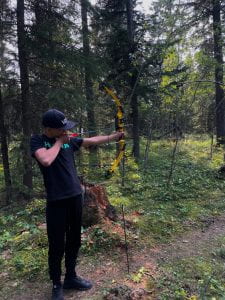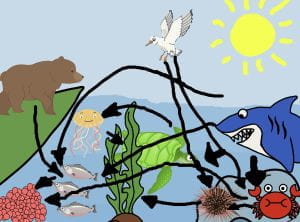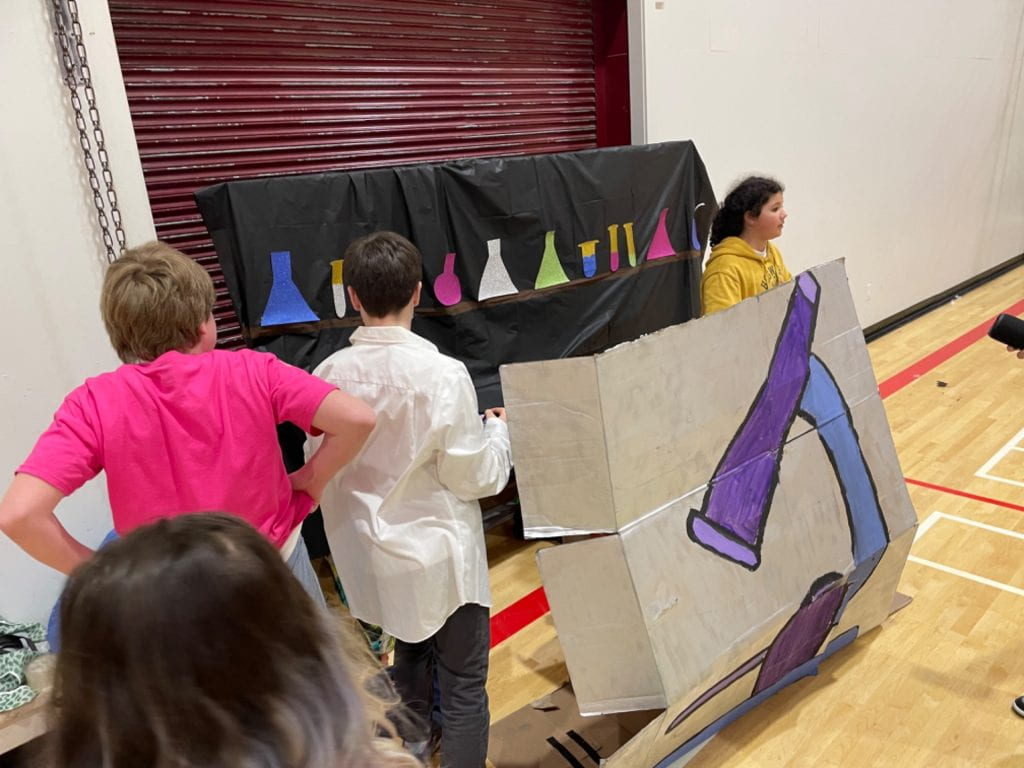
Hi, and welcome back to my blog! I’ve recently finished our first humanities project, and this was an interesting one. This project was all based around the the idea of how the geography of the West has shaped us. To start off the project and to see this all first hand, we went on a road trip through BC and into Alberta. On top of the amazing places that we got to see first hand and the things we learned about geography on the trip, we also did a lot of work in class to continue bettering our understandings of more historical features. The driving question for this project was done a little differently then normal. For this project, we were able to pick an aspect of how the West has shaped us, those aspects being people, economy, and history, and use that to create our own variation of a driving question to work with. In the end I decided to focus on the more economic side of it and created my driving question, “How has the geography of the West shaped us economically?”

As I already mentioned, we started this all off with a learning advance road trip. This learning advance was separated into two groups, with me being in the first. I go into a lot more detail about most of the place that we went to in the book, I’ll link that in later on, so I’ll just talk about some of the highlights that weren’t mentioned. One place that was very memorable that I wasn’t able to really touch on in the book was the painted warriors ranch that we went to. This is where we learned about First Nation culture through archery. It was a very fun and interesting experience, especially when we were sent off to shoot at foam animal targets. It really reminded me of when I as little and I would go to my grandparents house, who had a bow and arrow, and set up targets. Another very memorable place that we went to was lake Louise. This was amazing blue lake that had a walk around it and the massive Chateau Lake Louise on the water. On top of it’s beauty, it was amazing because of it’s details that not everyone knows, for example the fact that the Chateau Lake Louise was a big tourist attraction when the CPR was fairly new, or that Lake Louise is one of the most photographed lakes in the world.

The book that we made was the big thing that we were working towards from the start. When we launched the project, we were given the book template so we’d be able to know what the major parts that we’d have to take notes on while away on the learning advance. From there we were given a bit more free reign, within certain limits, to add what we thought was necessary to the book. The biggest thing we were required to do within the book is give examples of our answer to the driving question at every chance we got. I think that I gave some good answers to the question, you can see my main answer on pages 6-7. The one thing that I wish I had done better with in my book was the layout. I found myself focusing more on the information that I was putting into it, which lead me to having something that wasn’t as visually appealing as it could’ve been. To showcase our books, we had a mini exhibition where we were split into rooms depending on what aspect of the driving question we chose to answer, people, economy, and history, meaning I was with the other economy people. We then had family come in to see my, and other student’s, work. I think that I did a good job with presenting my work in a way that answered any questions and gave a lot of information, without being too long and boring.
Something that I was really abbe to take away from this project is questioning. I’m always a fairly curious person that will try and answer my own questions and I think that really showed while I was away on the learning advance. If there was something that I wanted to know, I would break down the question into more specific, easier to answer question that I would use personal connections and what was in front of me to answer. I would then use those partial answers that I had and answer my main one. I was definitely able to do that a lot over the course of the learning advance, and I think that it really enhanced my work.

So to answer the driving question, how has the geography of the West shaped us economically? While, like I was saying throughout the book, the geography of the West has shaped us by allowing us to have a thriving economy with multiple industries that have helped us to settle and develop. Because of our economic vastness, we will always have things to fall back on if one of these industries were to fail, while many other places don’t have that luxury. A good example of the West being able to fall back on its many economic factors is what happened when Covid hit. A lot of these industries were shut down and many places took massive hits to their economies due to this while the west still had a economy that was working. We were definitely still impacted, but we were able to keep going fairly strong.































